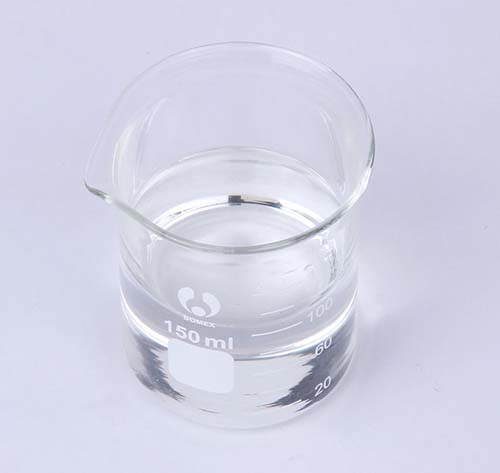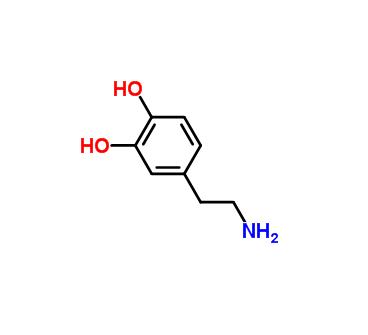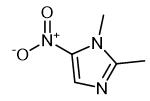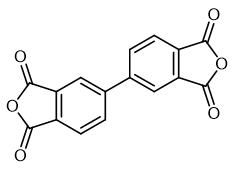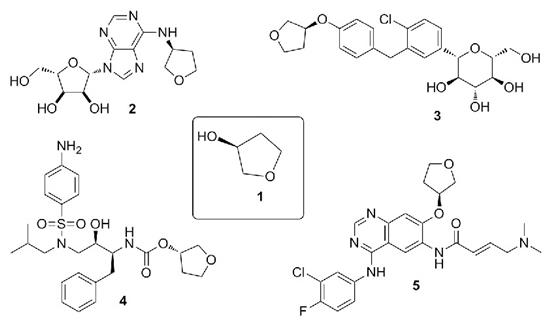Active Pharmaceutical Ingredients (API), popularly speaking, are the raw materials of medicines, only pharmaceutical raw materials are processed into pharmaceutical preparations , can they become medicines available for clinical use, so drugs we usually eat are the finished drugs through processing. Active Pharmaceutical Ingredients based on its sources can be divided into two major categories ,including chemical synthetic drugs and natural chemical drugs. Chemical synthetic drugs can be divided into organic synthetic drugs and inorganic synthetic drugs. Inorganic synthetic drugs are inorganic compounds ( very few is element), such as aluminum hydroxide, magnesium trisilicate which are used for the treatment of gastric and duodenal ulcers ; organic synthetic drugs are mainly composed of drugs made by basic organic chemical raw materials, through a series of organic chemical reactions (such as aspirin, chloramphenicol, caffeine, etc.). Natural chemical drugs ,based on its sources,can be divided into two categories including biochemical drugs and plant chemical drugs. Antibiotics are generally made by the microbial fermentation, which belongs to the biochemistry category. A variety of semi-synthetic antibiotics occurs in recent years,which are biosynthesis and chemical synthesis combining products.Among active Pharmaceutical Ingredients, the organic synthetic drugs varieties, yields and values have the largest proportion,which are the main pillars of the chemical and pharmaceutical industries. The quality of active Pharmaceutical Ingredients decides whether the formulation is good or bad , so its quality standards are very strict ,countries in the world have developed national pharmacopoeia standards and strict quality control methods for its widely used active Pharmaceutical ingredients.
The important applications of salicylaldehyde
Salicylaldehyde is an organic substance with the chemical formula c7h6o2. It is a colorless to yellow oily liquid with a burning smell and almond smell.
Jul 27,2022 APIIntroduction, biological activity and clinical application of axitinib.
xitinib is an oral inhibitor of the VEGF, PDGF and colony stimulating factor-1 receptor tyrosine kinases and is currently in development for the potential treatment.
Jul 27,2022 APIUses and Side effects of Dopamine
Dopamine is a neurotransmitter made in your brain. It plays a role as a “reward center” and in many body functions, including memory, movement, motivation, mood, attention and more.
Jul 26,2022 APISynthesis and Application of 1,2-Dimethyl-5-nitroimidazole
Dimethylnidazole is a broad-spectrum antiaerobe and antigenic agent, which can kill trichomonas tissue and inhibit coccidioides to some extent.
Jul 26,2022 APIRivaroxaban
Rivaroxaban (Xarelto?), an oral oxazolidinone-based anticoagulant, is a potent, selective direct inhibitor of factor Xa
Jul 26,2022 APISynthesis, Toxicity and Detection Method of Denatonium Benzoate
Denatonium Benzoate (bitter) is currently used as an aversive agent, denaturing agent, food blocking agent and flavoring agent.
Jul 25,2022 APISynthesis and Application of 3,3',4,4'-Biphenyltetracarboxylic dianhydride
3,3',4,4' -biphenyltetracarboxylic dianhydride polymerized with specific amines can be made into transparent film, which can be used in the preparation of folded display screen.
Jul 25,2022 APIUses and Preparation of (S)-(+)-3-Hydroxytetrahydrofuran
(S)-(+)-3-Hydroxytetrahydrofuran is an important pharmaceutical and chemical intermediate, which is widely used in anticancer drugs, hypoglycemic drugs, AIDS drugs and other drugs.
Jul 25,2022 APIIntroduction, synthesis and application of ethyl oleate
Ethyl oleate is one of the fatty acid ethyl esters (FAEE) that is formed in the body after ingestion of ethanol.
Jul 25,2022 APIDescription, clinical application and bioactivities of polymyxin B sulfate
Common preparations of polymyxin B sulfate primarily include injections. It is used to resist the infection caused by gram-negative bacilli, mainly Pseudomonas aeruginosa.
Jul 25,2022 API



